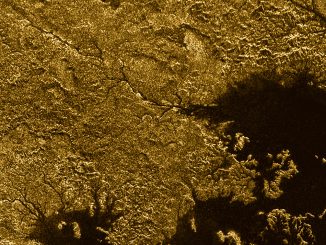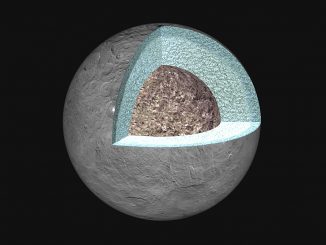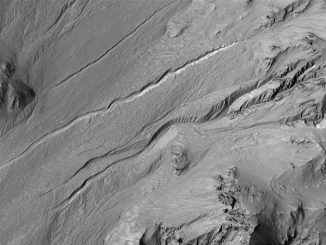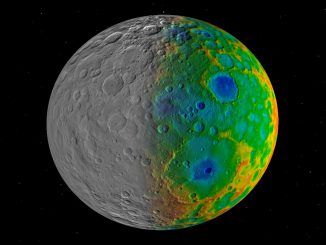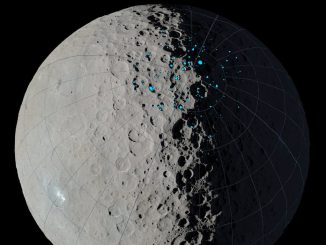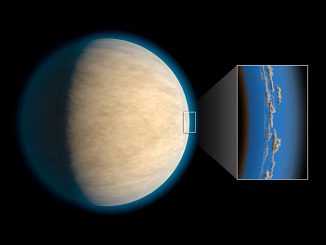
Pirouetting Pleiads provide clues to stellar structure and evolution
Like cosmic ballet dancers, the stars of the Pleiades cluster are spinning, but all at different speeds. By watching these stellar dancers, NASA’s Kepler space telescope has helped amass the most complete catalogue of rotation periods for stars in a cluster. This information can provide insight into where and how planets form around these stars, and how such stars evolve.

